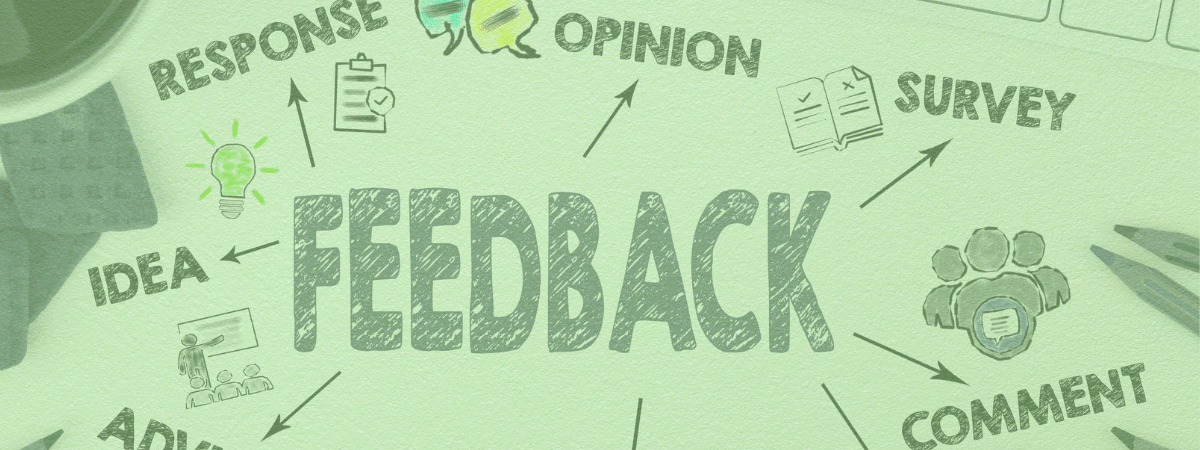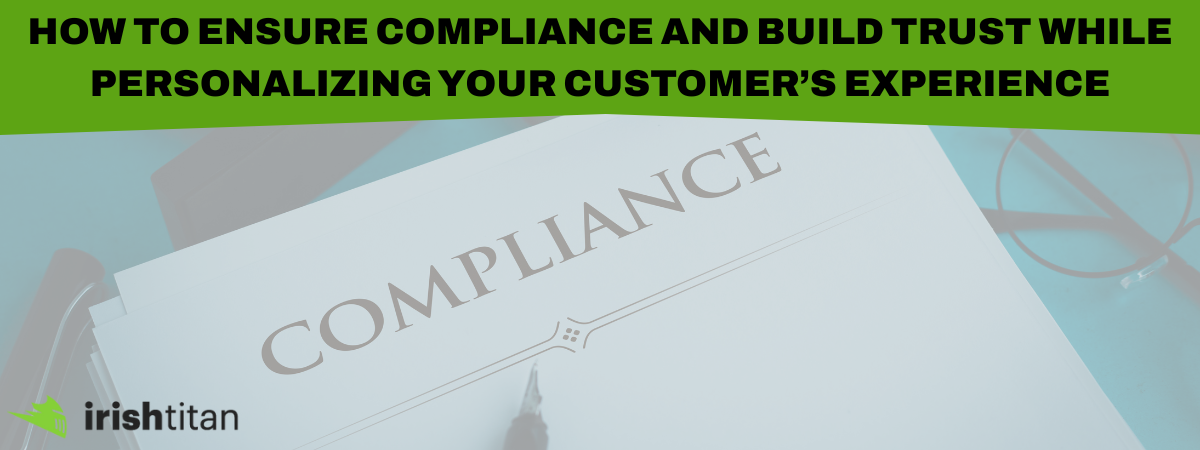How to Stay Compliant with Privacy Regulations in Your Lead Generation Campaigns
If email and SMS are your lead generation MVPs, data privacy is the referee—and if you don’t play by the rules, you’re getting benched.
As we continue this month’s focus on nurturing and converting leads, there’s one vital piece we can’t ignore: compliance. All the segmentation, personalization, and automations in the world won’t help you if your campaigns aren’t built on a solid, legal foundation.
Data privacy laws like GDPR (General Data Protection Regulation) and CCPA (California Consumer Privacy Act) have changed the way marketers think about opt-ins, consent, and personal data. And if you’re collecting email addresses or phone numbers—even just one—you need to know what’s expected.
Let’s walk through the compliance must-haves and how platforms like Dataships make it all a lot easier.
First Things First: Why Privacy Compliance Matters
Beyond the legal requirement (and potential fines), compliance is about building trust. Customers are more likely to opt-in, engage, and convert when they know you’re handling their data responsibly.
- 91% of consumers are more likely to shop with brands that show they protect their data (Cisco)
- Non-compliance can lead to fines of up to $20 million or 4% of annual global turnover (hello, GDPR)
- Even unintentional mistakes—like not updating a privacy policy or missing an opt-out link—can land you in hot water
Know the Big Players: GDPR vs. CCPA
Here’s a quick breakdown of two major privacy laws likely impacting your ecommerce business:
| Regulation | Applies To | Key Requirements |
|---|---|---|
| GDPR (EU) | Any business collecting data from EU citizens | Explicit consent for data use, right to be forgotten, clear opt-ins, accessible privacy policy |
| CCPA (California) | Any business serving California residents | Right to know what data is collected, right to opt-out, visible “Do Not Sell My Info” link |
Pro tip: Even if you’re based in the U.S., global traffic means you’re likely affected by GDPR too.
Best Practices for Staying Compliant (Without Killing Your Conversions)
1. Make Consent Crystal Clear
Gone are the days of pre-checked boxes and fine print opt-ins.
- Use unchecked checkboxes for consent
- Clearly state what subscribers are signing up for (e.g., “You’ll receive weekly SMS updates and exclusive offers”)
- Keep consent logs (platforms like Dataships store this for you automatically)
2. Use Double Opt-Ins for Email
It’s an extra step, but it ensures users truly want your content and protects you from spam reports.
- User enters email → confirmation email sent → only added once they click
- Improves list quality and keeps your deliverability strong
3. Include Opt-Out Options—Always
Every email and SMS must include a clear way to unsubscribe or reply "STOP".
- Don’t hide unsubscribe links in the footer
- For SMS, make sure “STOP to opt out” is clearly communicated
4. Update Your Privacy Policy
- Make your privacy policy accessible from every page
- Include how data is used, who it’s shared with, and how users can request deletion
Pro tip: Tools like Dataships provide customizable, legally vetted privacy policies you can embed into your site.
Platform Spotlight: How Dataships Makes Compliance Easy
Dataships is like having a data protection lawyer in your tech stack—minus the hourly rate. Here’s what it automates:
- Real-time geolocation-based consent forms
- Automatic opt-in management across email and SMS
- Legally compliant privacy policies
- Integration with platforms like Klaviyo, Shopify, and Dotdigital
Bonus: It stores an audit trail of every user’s consent, so you’re always covered if regulators come knocking
Privacy Isn’t a Roadblock—It’s the Roadmap
Compliant lead generation isn’t just about checking boxes—it’s about building a brand that people want to hear from. One that values trust, transparency, and long-term relationships over quick wins.
So before you hit send on your next campaign, ask yourself:
- Is my consent clear?
- Can users opt out easily?
- Am I collecting only what I need?
With the right tools and a compliance-first mindset, you can build smarter, safer lead generation campaigns that nurture leads—and your reputation.
More reads





More from Ecommerce...

Code Red: Your Last-Minute Holiday E-commerce Toolkit. You're a bit late to the holiday planning party, and the Black Friday/Cyber Monday rush is right around the corner. But don't panic—the most c

When customers reach out, they’re not just asking for help — they’re handing you raw data on how your business is doing. Every ticket, DM, or email carries insight into what’s working, what’s confusing, and where you can improve. The challenge? Making sure none of that feedback slips through the cracks.

Customer support will always matter — but here’s the truth: most customers would rather not need it at all. They don’t want to wait in a chat queue or refresh their inbox for an answer. They want solutions, fast. That’s the philosophy behind “the best service is no service” — when customers can solve problems themselves, everyone wins.
